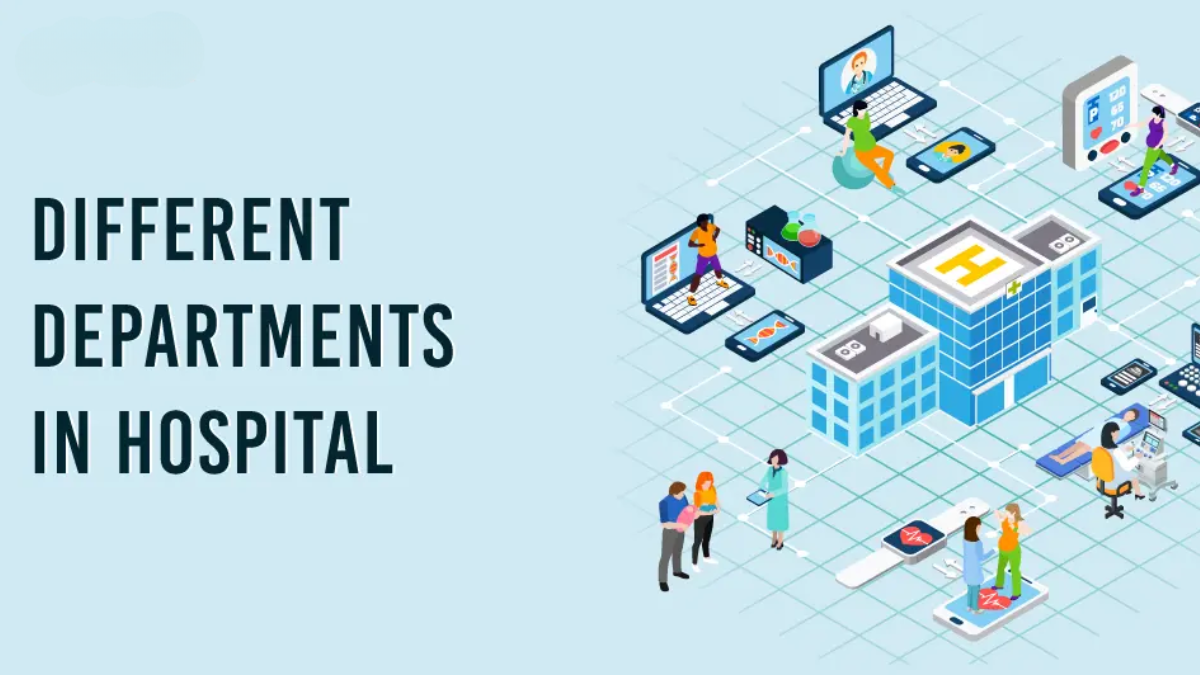Emergencies can occur at any time, and hospitals must be prepared to handle them efficiently. Emergency services in hospitals are designed to provide immediate medical attention to patients who are critically ill or injured. These services save countless lives every day by offering rapid diagnosis, urgent treatment, and continuous care. A well-organized emergency department is often the deciding factor between life and death.
What Are Emergency Services in Hospitals?
Emergency services are specialized hospital departments that handle urgent medical situations such as accidents, heart attacks, strokes, burns, or severe infections. They function 24/7 with dedicated doctors, nurses, and equipment to deliver fast and effective treatment.
Importance of Emergency Services
- Life-Saving Role: Quick treatment prevents complications and death.
- Immediate Response: Available 24/7 for all kinds of emergencies.
- Specialized Care: Trauma centers, cardiac care, and burn units.
- Community Trust: Patients rely on hospitals with strong emergency services.
- Disaster Management: Handle large-scale emergencies like accidents or natural disasters.
Key Features of Hospital Emergency Services
1. 24/7 Availability
Emergency units work around the clock to handle urgent cases.
2. Specialized Medical Teams
Doctors, trauma specialists, nurses, and paramedics trained in critical care.
3. Advanced Equipment
Ventilators, defibrillators, trauma beds, and rapid diagnostic tools.
4. Ambulance Services
Quick transport with life-saving facilities on the way.
5. Trauma Centers
Dedicated areas for accident and injury cases.
6. Emergency Operation Theaters
Available for surgeries that cannot be delayed.
Common Cases Handled by Emergency Departments
- Road accident injuries.
- Heart attacks and strokes.
- Severe asthma or breathing problems.
- Poisoning or drug overdose.
- Burns and electric shocks.
- Uncontrolled bleeding.
- Sudden infections leading to sepsis.
Role of Ambulance Services in Emergencies
- Provide first aid before reaching the hospital.
- Equipped with oxygen, stretchers, and life-support systems.
- Staffed with paramedics trained in emergency care.
- Reduce time between accident and treatment.
Staff in Emergency Services
- Emergency Physicians: Diagnose and stabilize patients.
- Trauma Surgeons: Handle accident and injury cases.
- Critical Care Nurses: Provide continuous monitoring.
- Paramedics: Deliver pre-hospital care.
- Support Staff: Help in managing patient flow.
Challenges in Emergency Services
- Overcrowding due to high demand.
- Shortage of trained staff in some regions.
- Delays in ambulance arrival.
- Limited availability of advanced equipment in smaller hospitals.
- High stress levels for doctors and nurses.
Future of Emergency Services in Hospitals
- AI-Based Diagnosis: Faster identification of life-threatening conditions.
- Tele-Emergency Care: Specialists guiding rural hospitals remotely.
- Air Ambulances: Faster patient transport in critical cases.
- Robotics in Emergency Rooms: Automated assistance in trauma care.
- Digital Monitoring: Real-time updates for patient relatives.
FAQs on Emergency Services in Hospitals
1. What are emergency services in hospitals?
They are specialized units that provide immediate care for critical medical cases.
2. Why are emergency services important?
They save lives by providing fast treatment in urgent situations.
3. Are emergency departments available 24/7?
Yes, they work day and night without breaks.
4. What types of cases go to emergency rooms?
Accidents, heart attacks, strokes, burns, and severe infections.
5. How do ambulances help emergency services?
They provide life support and transport patients quickly to hospitals.
6. Who works in emergency services?
Doctors, trauma surgeons, nurses, paramedics, and support staff.
7. Why do emergency rooms get overcrowded?
Due to sudden large patient inflow and limited resources.
8. What equipment is used in emergency services?
Ventilators, defibrillators, oxygen systems, and trauma beds.
9. Can small hospitals provide emergency care?
Yes, but advanced treatments may require larger hospitals.
10. What is the future of emergency services?
AI, telemedicine, air ambulances, and robotic assistance.

